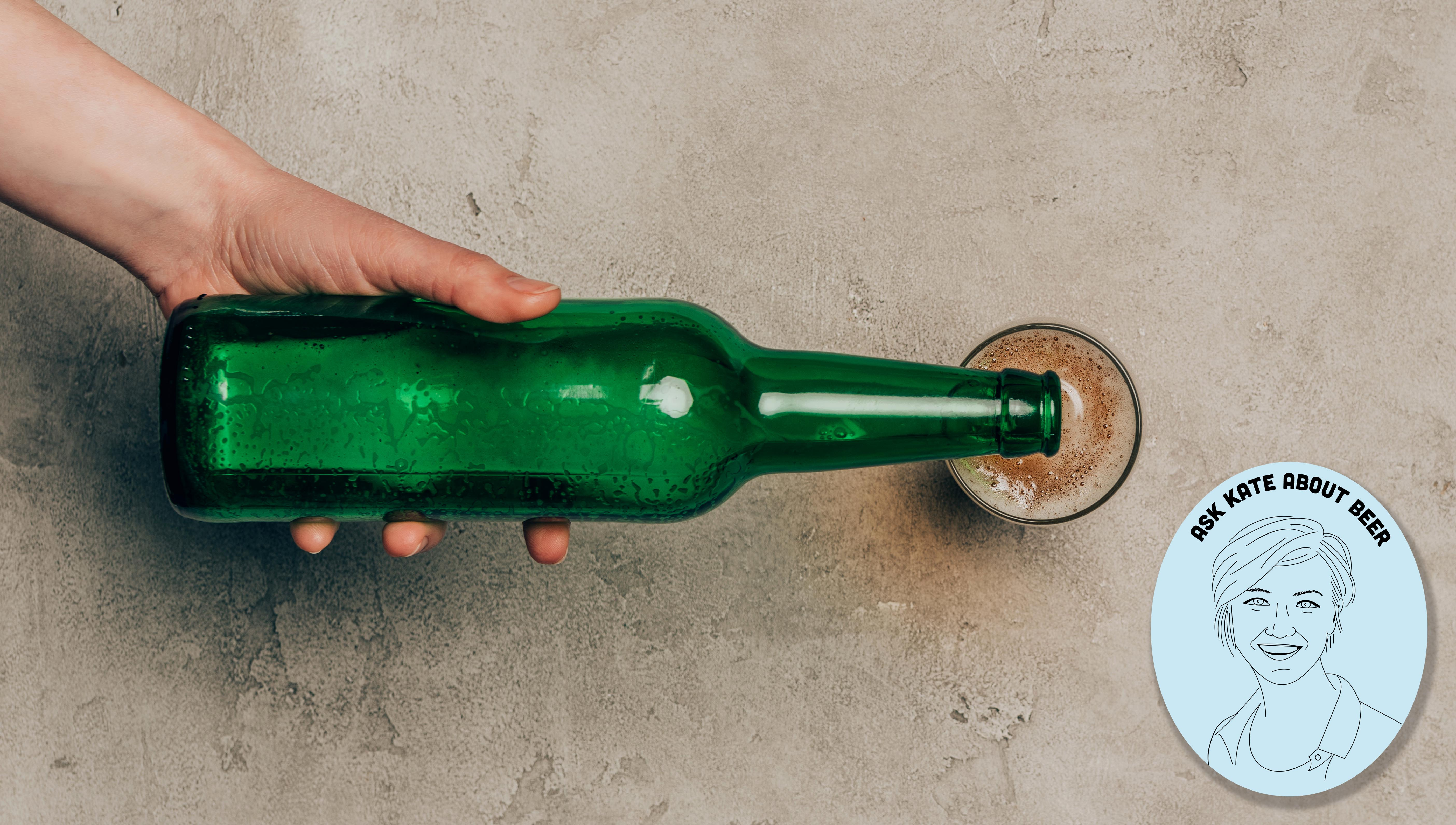Ask Kate About Beer: What Does "Skunked" Beer Taste Like?
My esteemed colleague Allison Shoemaker recently came to me with a bewildering story: She was pouring beer as a volunteer at a charity event, and a drinker approached her to say he thought the beer she was pouring—an American-made version of a Czech pilsner—was skunked. She knew the kegs were fresh, and even upon sipping the beer herself again, she couldn't detect the "skunkiness" of which the man complained.
My suspicion is that American drinkers are so accustomed to en-vogue citrusy and fruity hops that the man assumed the flavors of the Saaz hops in this beer—earthy, spicy—were mistakes or flaws. (As a lover of Czech pilsners, I heaved a deep and melancholy sigh.)
But the man's complaint points to a larger question: Do we know what "skunked" beer tastes like?
It's an odd term for one of beer's most notorious off-flavors, since few of us have ever had the misfortune of really tasting skunk. And for a beer to present skunked aromas at a level comparable to a skunk's smell, well, that would be quite a terrible feat of manufacturing.
"Skunking" is the result of wavelengths of blue light (from sunlight or fluorescent bulbs) penetrating beer and causing isohumulones, a component of hop-bittering compounds, to react with hydrogen sulfide produced by yeast to make mercaptan. But you don't really need to know that. What you do need to know is that mercaptan is the same chemical compound in skunk secretions, which is why we call this process skunking. The reaction can happen quickly; leave a glass of beer in strong sunlight for just a minute and you'll already be able to taste it.
Some beer packaging guards against sunlight's ruinous effects. Cans are best at this, because they're completely impenetrable by light. Brown bottles are the next best option; their color offers good, but not ironclad, defense against blue light waves. Clear and green glass is the worst option, as both allow blue light to enter a beer free as it pleases.
It's safe to say that in general, beer packaged in green or clear bottles that's been sitting on a supermarket shelf is likely to contain some level of skunking. My beloved Miller High Life (fight me) is an exception: It's brewed with TetraHops, a modified hop extract from which isohumulones have been removed, making it resistant to skunking.
Some people actually enjoy a bit of skunky flavor in their beers, though I wouldn't count many beer judges among their ranks. Heineken, one of the few breweries that still packages in green bottles, has developed a fan following comprised of people who buy it specifically for the light skunkiness. And a minority of craft brewers have recently spoken up to say that a small amount of skunkiness in green-bottle saisons is actually quite true to the style's origins, and is a desirable, necessary component of classic saisons. Okay, those exceptions aside, clear and green bottles are generally not doing your beer any favors.
By now, you're thinking: Alright Kate, I've read this far, what does skunking actually smell and taste like?
Randy Mosher, in his seminal guide Tasting Beer, describes the perception of methyl or isopentyl mercaptan (skunking) as skunky or rubbery; the Cicerone program describes it as "musty, can be similar to burned rubber or cat musk." I personally think it's a combination of skunk smell and musty basement; a skunked beer is also often an oxidized beer, a process which creates flavors of wet cardboard or paper in beer.
If you want to know once and for all what skunking actually tastes like, go buy a green bottle of beer and leave it on your sunny windowsill for a couple days. It's not a pleasant drinking experience, but it's the best way to cement in your flavor-memory what that compound actually smells and tastes like. Hopefully, once you've identified it, you won't go besmirching the good name of fresh Czech pilsners any longer.
